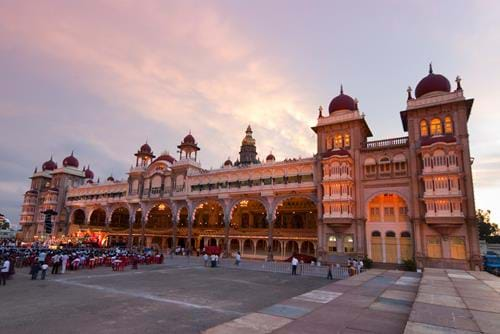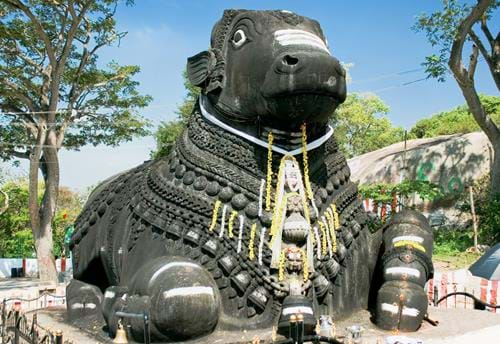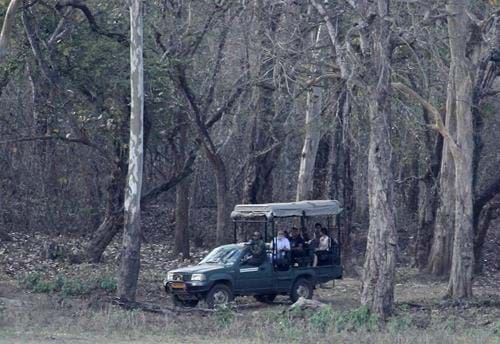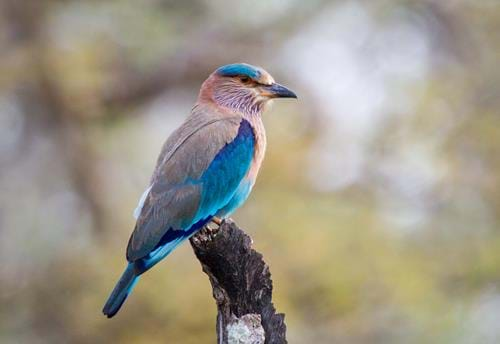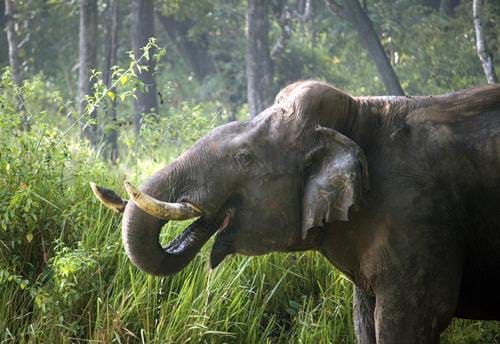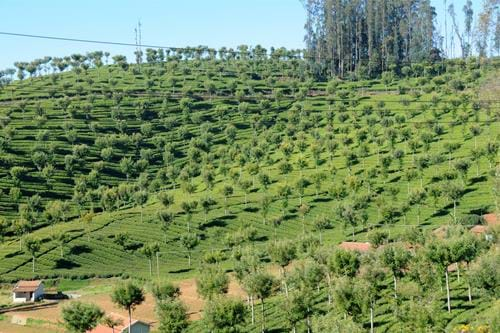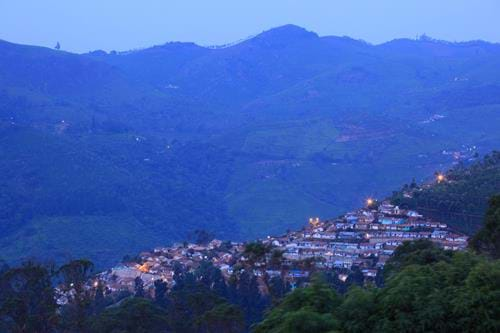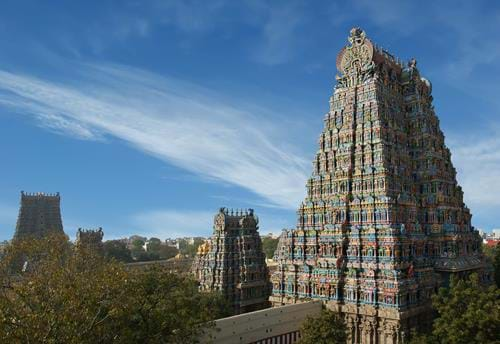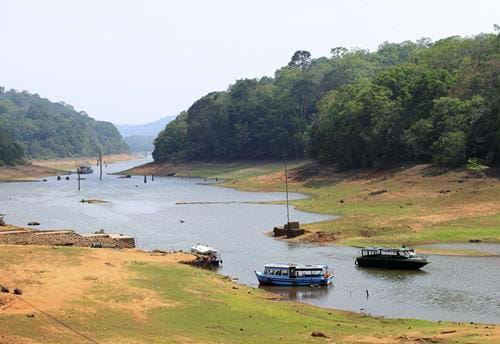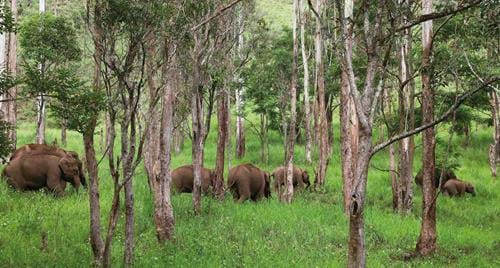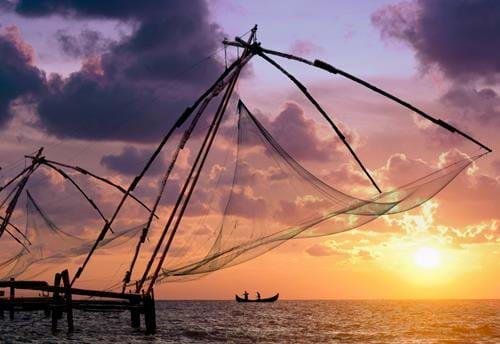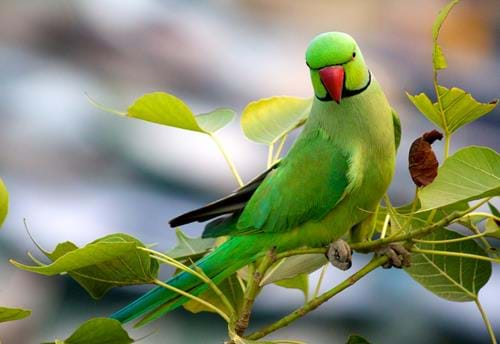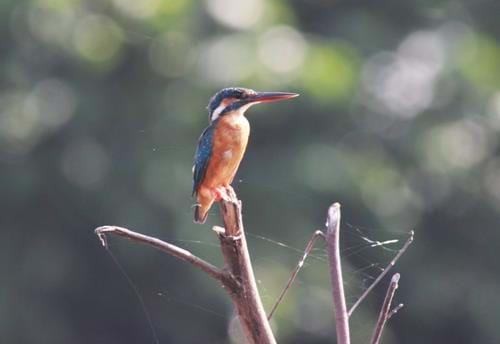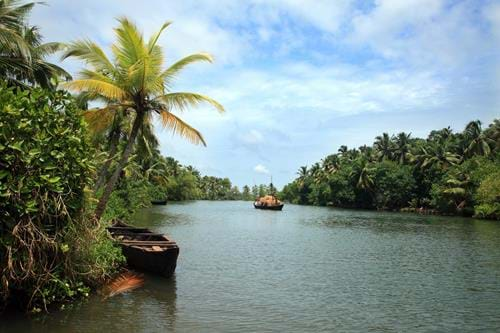Tailor-Made Tour
- Duration16 Days
- Flights IncludedYes
- Prices From £ 3640
 Places Visited :
Mysore, Nagarhole National Park, Bandipur National Park, Coonoor, Madurai, Periyar National Park, Fort Cochin, Kumarakom
Places Visited :
Mysore, Nagarhole National Park, Bandipur National Park, Coonoor, Madurai, Periyar National Park, Fort Cochin, Kumarakom
Declared a World Heritage Site by UNESCO in 2012, the Nilgiri Biosphere, in the Western Ghat mountain range of southern India, encompasses the last tracts of wild, forested uplands in peninsular India. Large herds of elephant, and viable populations of tiger and leopard, roam its jungles, along with primeval looking gaur (bison), striped hyena and dhole (wild dogs), all of which are routinely sighted in the national parks encompassing the most pristine parts of the Biosphere. This tour to the heart of these, offering the best possible chances of wildlife sights and a vivid experience of a unique habitat, high above the sweltering plains.
You’ll get to enjoy safaris in three different national parks, and two world-class bird sanctuaries, on a trip bookended by visits to the historic capitals of Mysore and Cochin, and the pilgrimage city of Madurai, home of the region’s most revered Hindu temple. The itinerary also includes a relaxing stay in a former British hill station, surrounded by working tea estates and served by one of the world’s last working narrow-gauge steam railways.
Remember, this trip can be personalised to suit your travel needs - we can tailor everything from hotel, travel type, duration and more.

